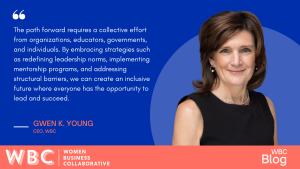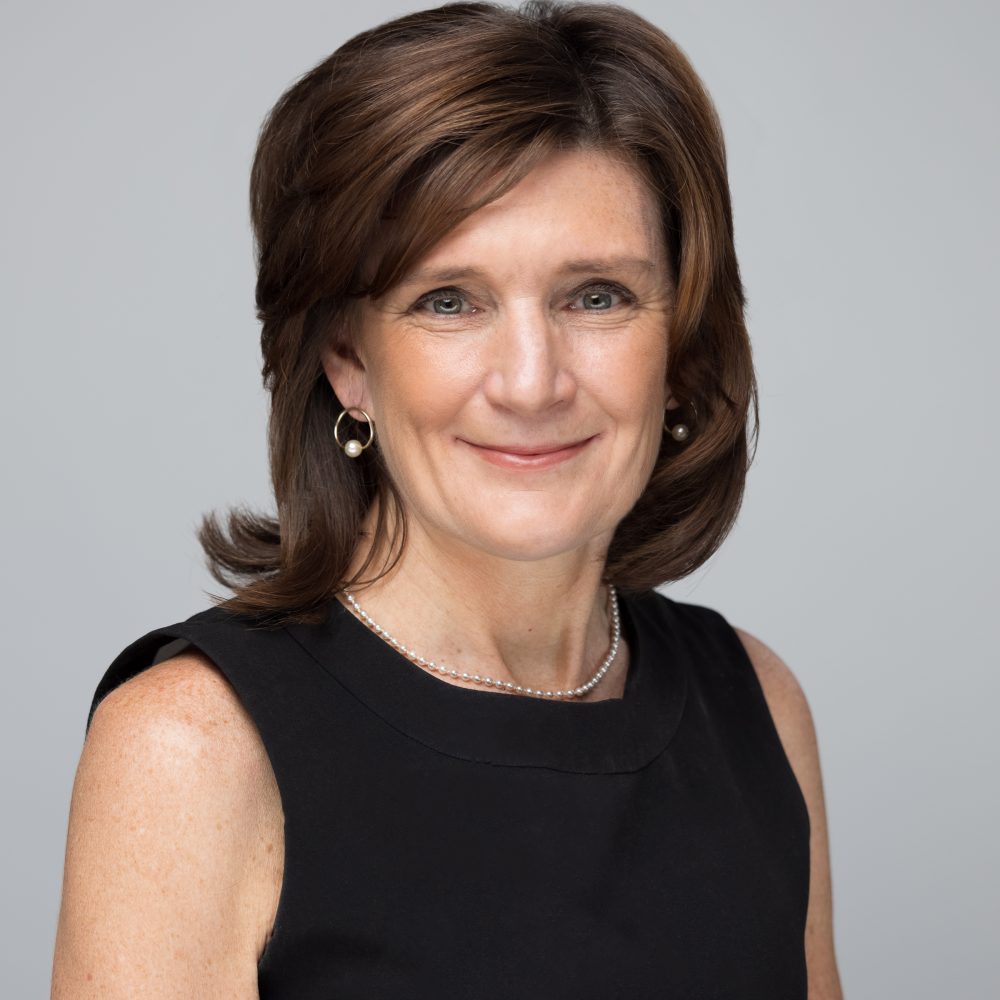High-Stakes Decisions and Market Reactions
The corporate responses have been wide-ranging:
- Target, Walmart, McDonald’s, and John Deere have scaled back DEI initiatives. Some have faced serious repercussions. For example, in a May 21 earnings call, Target CEO Brian Cornell cited consumer boycotts as a key reason for the company’s sales drop—nearly 3 percent year-over-year—accompanied by a staggering 37 percent decline in share price.
- Costco and JP MorganChase, in contrast, have reaffirmed their DEI commitments. Jamie Dimon, CEO of JP MorganChase, defended their approach: “We are going to continue to reach out to the Black community, Hispanic community, the LGBT community, the veteran’s community.”
For organizations looking to stay the course, resources like the Corporate DEI Tracker offer insights into companies committed to sustained inclusion.
The Business Case for DEI—Including Women at the Top
The consequences of retreating from DEI are both internal and external, including lower employee morale, diminished ability to attract and retain top talent, consumer backlash, and financial decline.
A recent article by WBC partner organization, Seramount, provides compelling data:
- 67 percent of consumers prefer brands that actively promote DEI.
- 78 percent of employees say working for an inclusive organization is important. Gen Z workers are especially drawn to companies that elevate diverse talent, including women, into leadership roles.
- Multi-cultural consumers, now 40 percent of the U.S. population, seek brands that reflect their values, including gender equality.
Furthermore, Seramount’s recent Think Bigger Summit highlighted:
- A major sports franchise who increased jersey sales by expanding size inclusivity,a move seen as a broader commitment to inclusion.
- A global retailer who saw stronger customer loyalty after shifting 15 percent of its suppliers to Black-owned brands, demonstrating consumer response to authentic representation.
- A financial services firm who by embedding DEI into employee experience saw productivity rise sixfold, representing a direct return on investment for creating and maintaining an inclusive workplace culture.
Clarifying DEI: Centering Opportunity, Not Compromising Merit
Critics often demonize DEI as antithetical to meritocracy. This misconception erodes the fundamental aim of DEI: expanding opportunities based on talent and potential. Effective DEI ensures that high-performing individuals, including women, often underrepresented at senior levels, receive equal consideration and opportunity.
Strategic Steps to Preserve DEI Gains
- Reassess, Don’t Retreat: The data show that abandoning DEI weakens organizations across talent, loyalty, and financial metrics, particularly when women’s leadership is overlooked or undermined in the process.
- Refine the Message, Not the Mission: Rhetoric around DEI may need adjusting for the current climate, but the commitment must remain. As Seramount aptly notes, “You can evolve your language without evolving your commitment.”
- Listen First: Before acting, gather input from employees and consumers. Women’s voices offer essential insights into how inclusive leadership is perceived and valued by both employees and consumers.
- Partner Strategically: Collaborate with organizations aligned in a DEI vision. WBC’s mantra, #FasterTogether, underscores the power of collective momentum as we strive for lasting inclusion and gender parity.
At WBC, we see firsthand that when organizations prioritize inclusive leadership—including elevating women—they enjoy tangible gains, including heightened employee engagement, innovative thinking, better recruitment outcomes, and stronger financial performance.
As Seramount summarized: “Inclusion is more than moral. It’s measurable.”
And as stakeholders increasingly demand gender-balanced leadership: Inclusion is non-negotiable.









